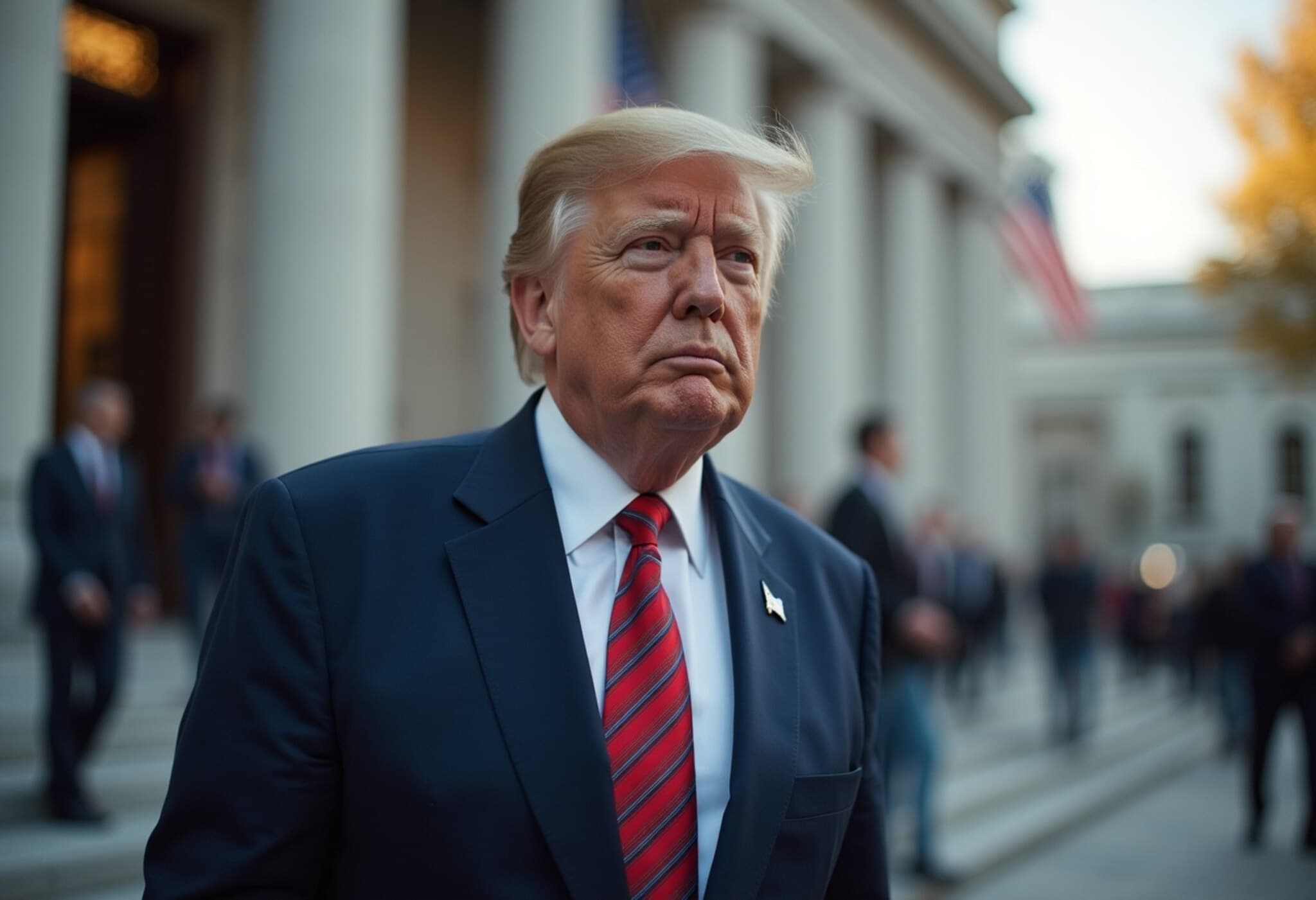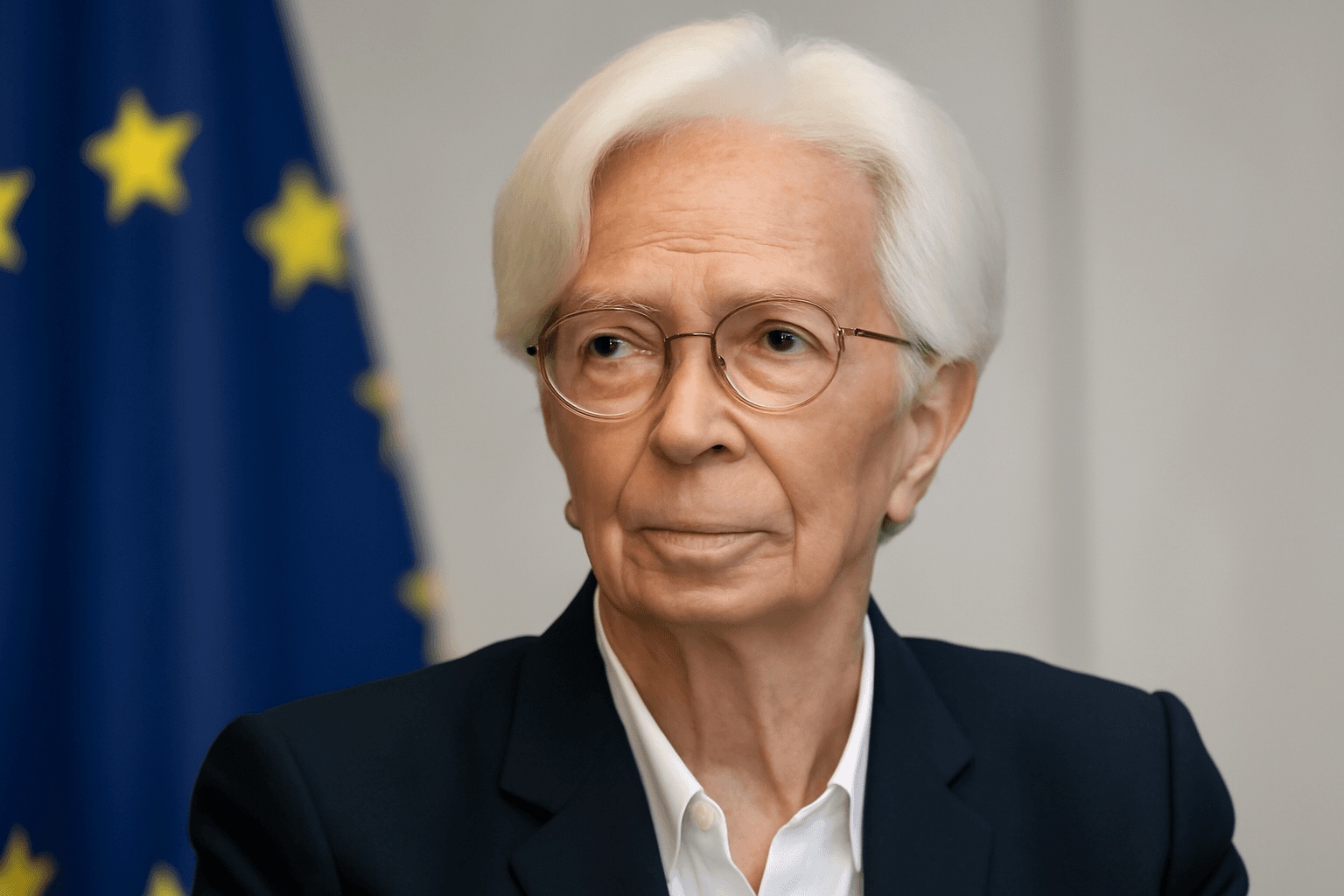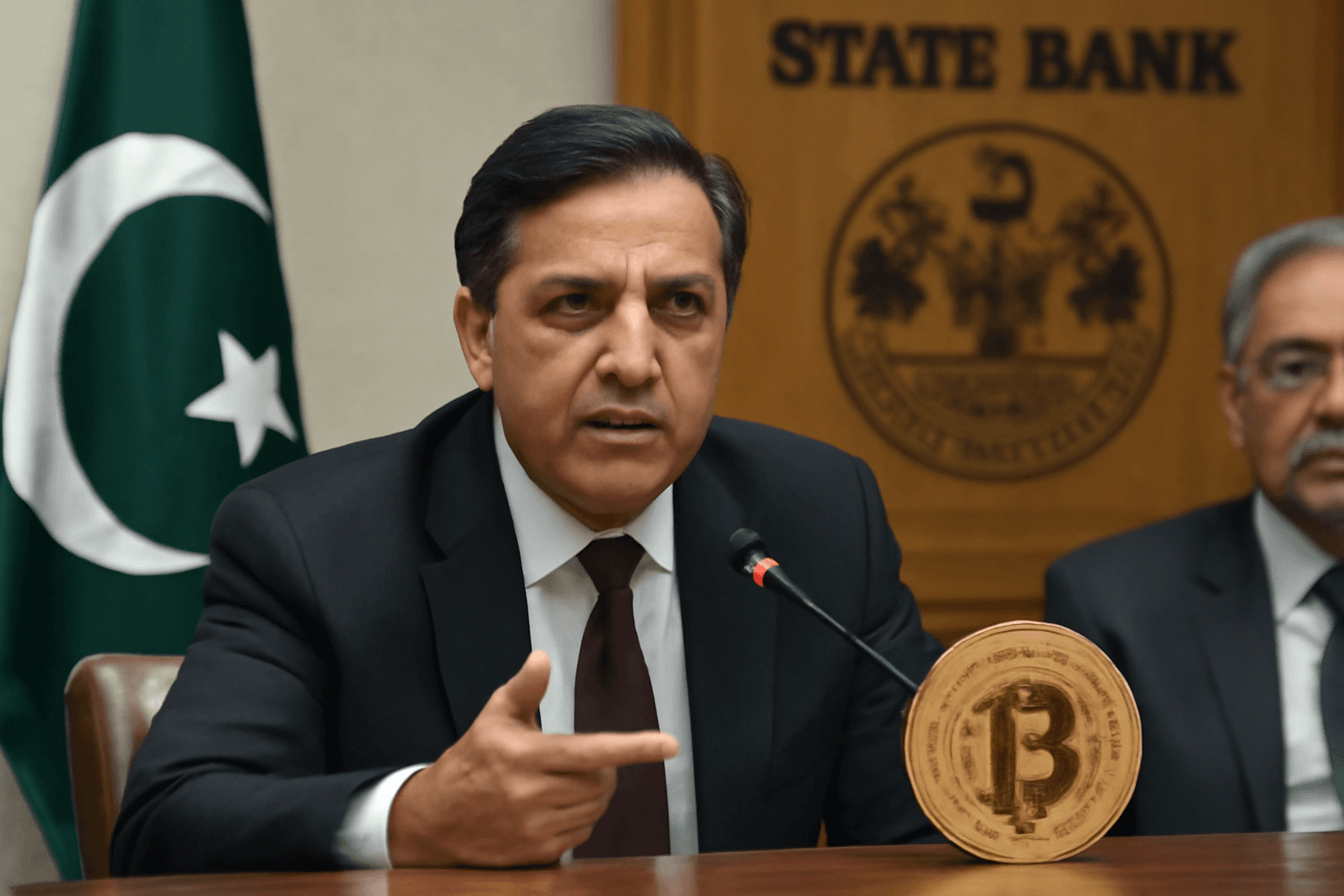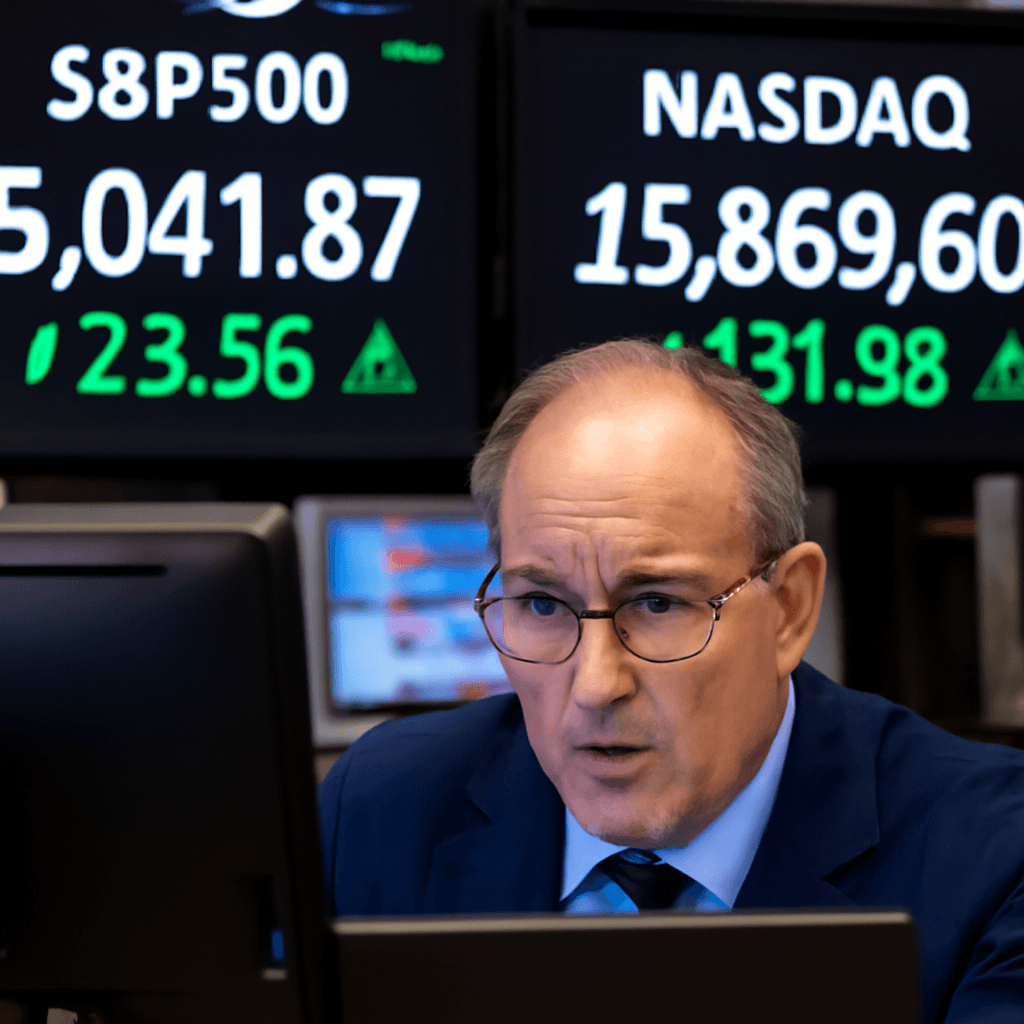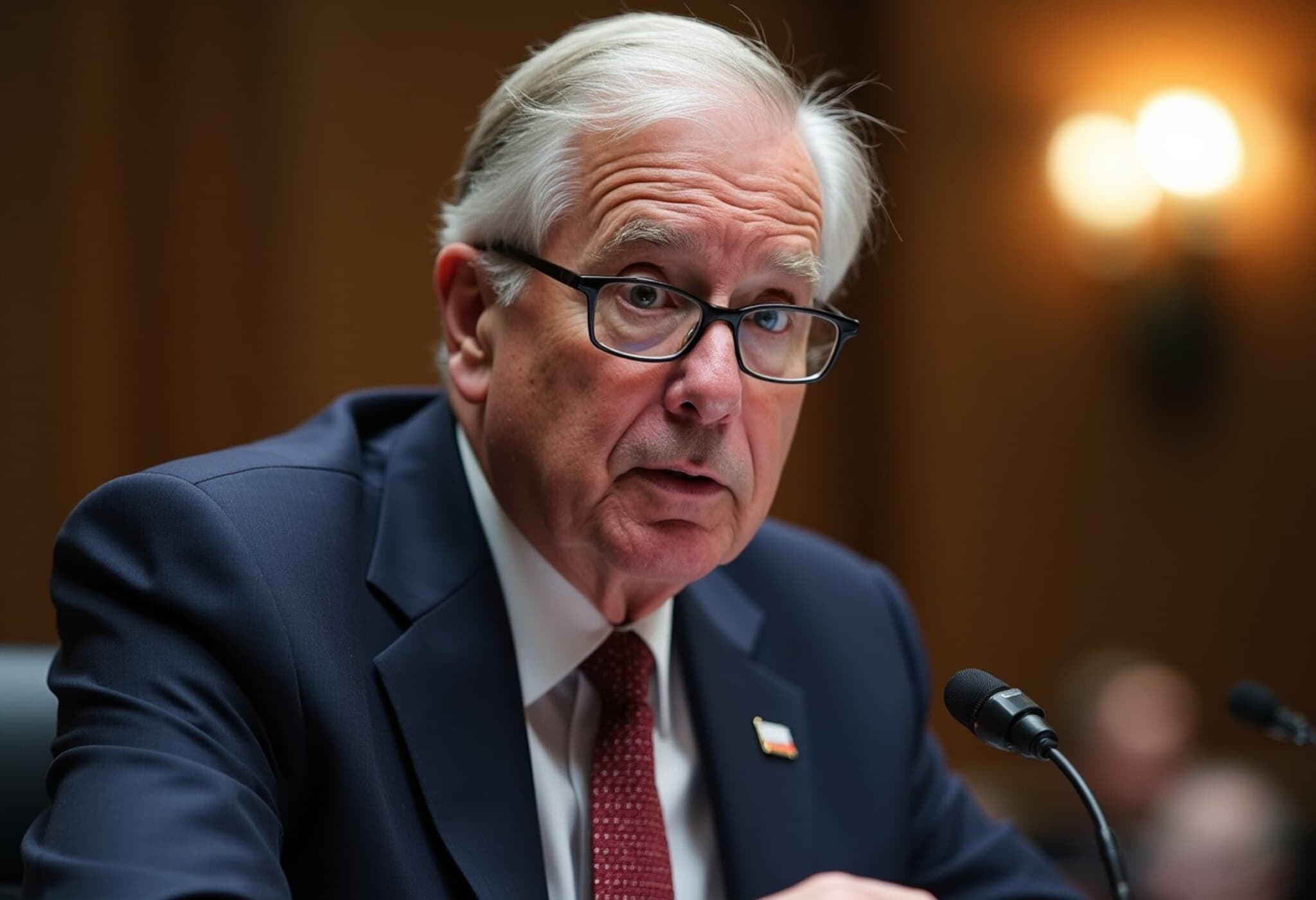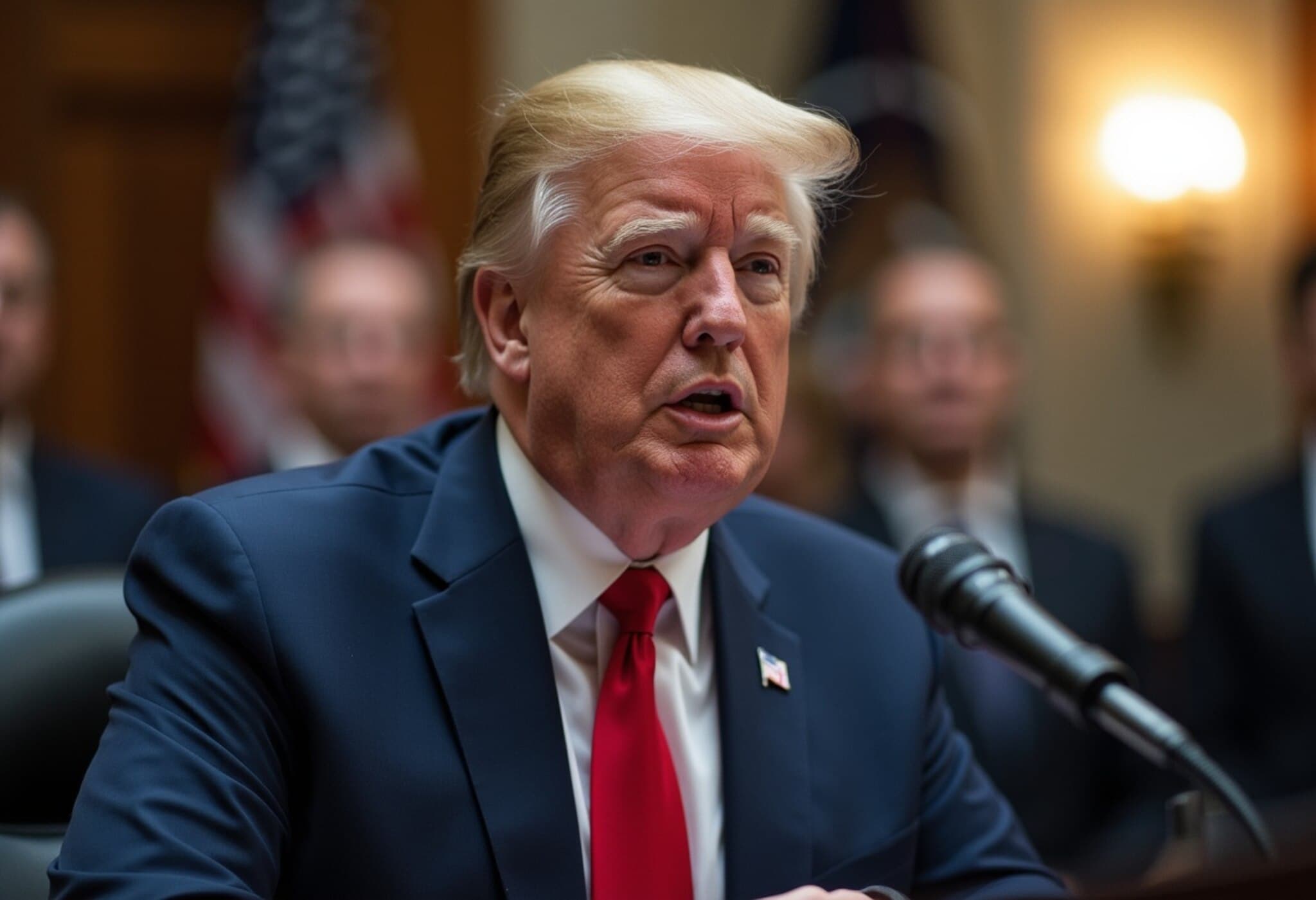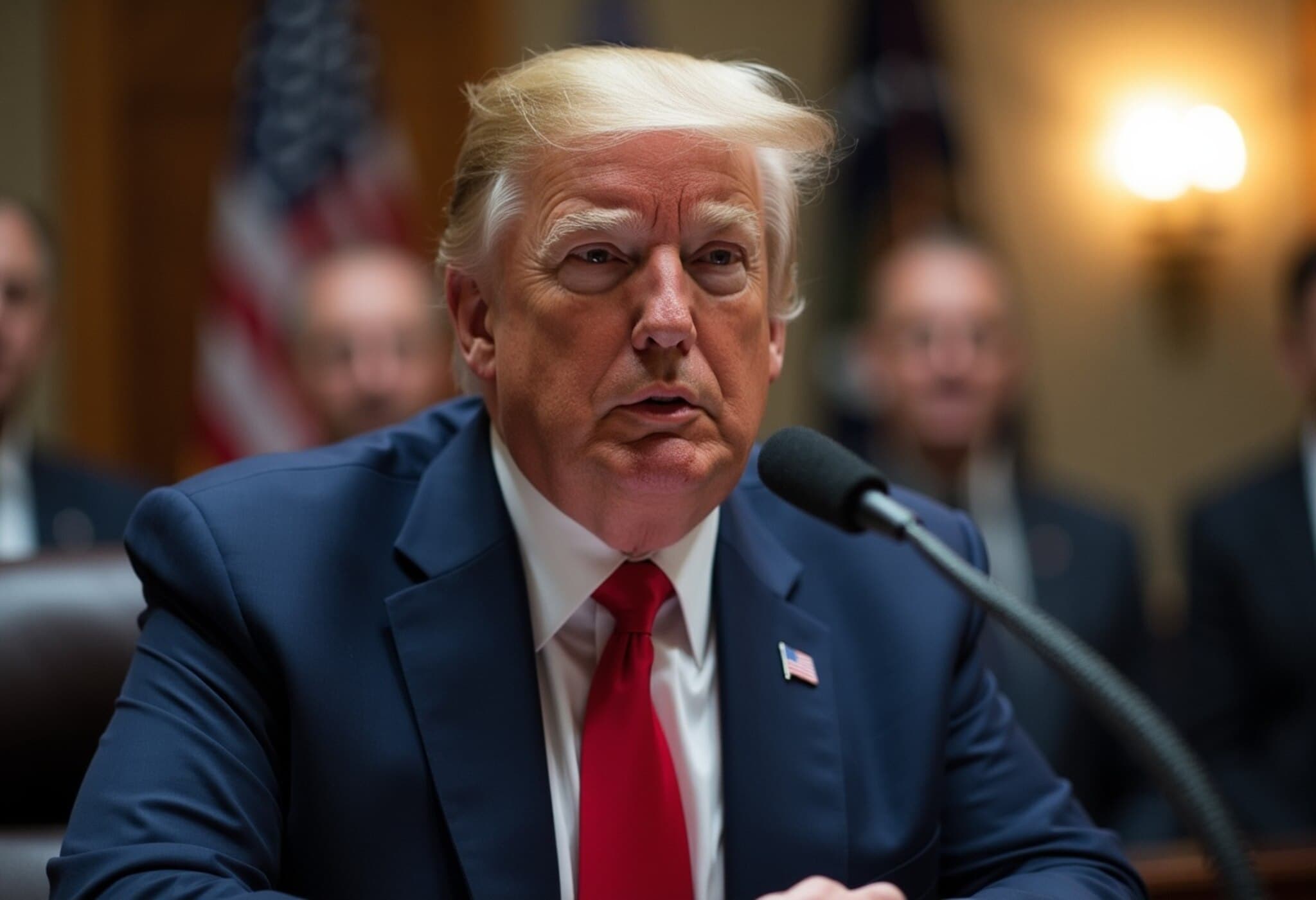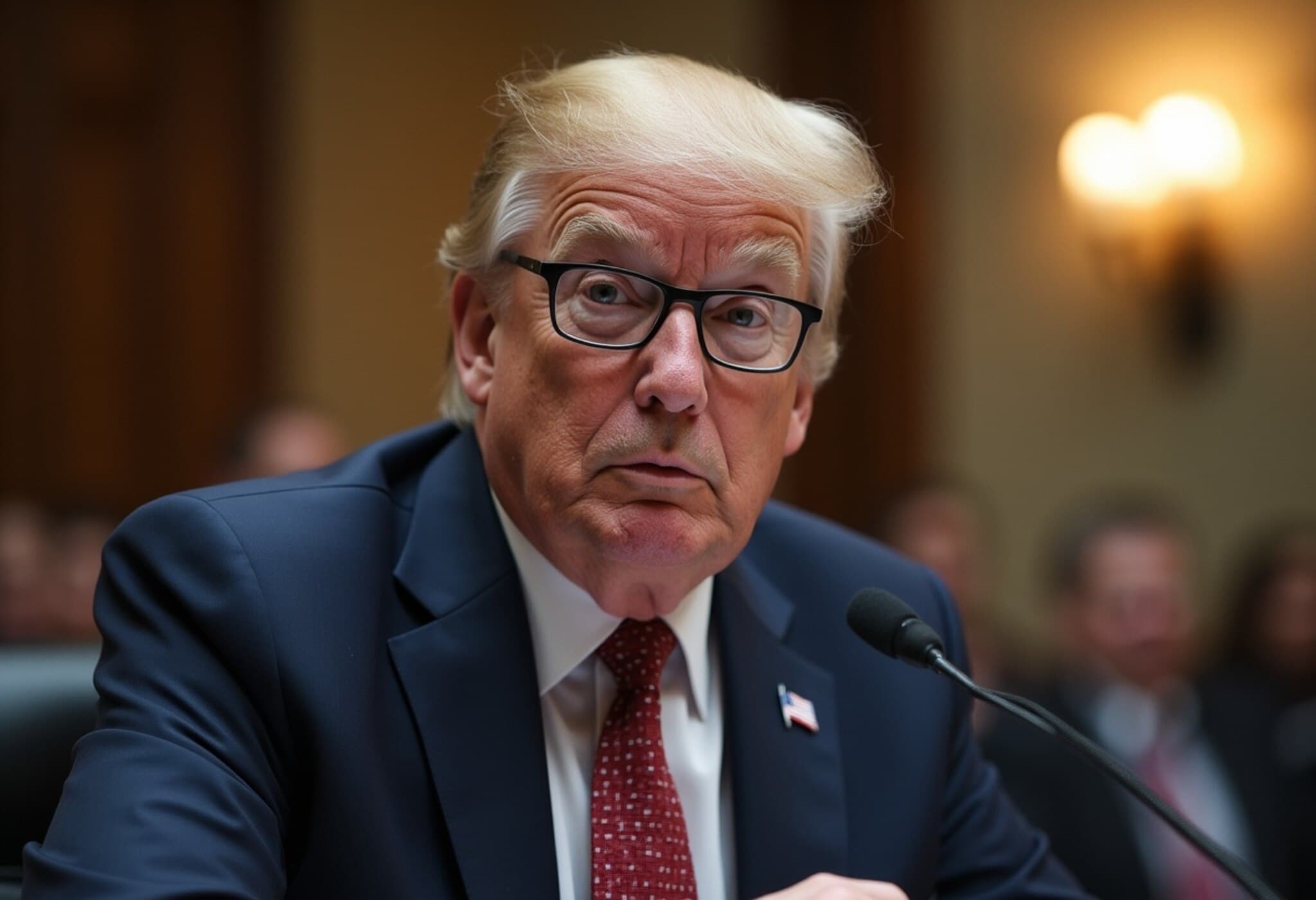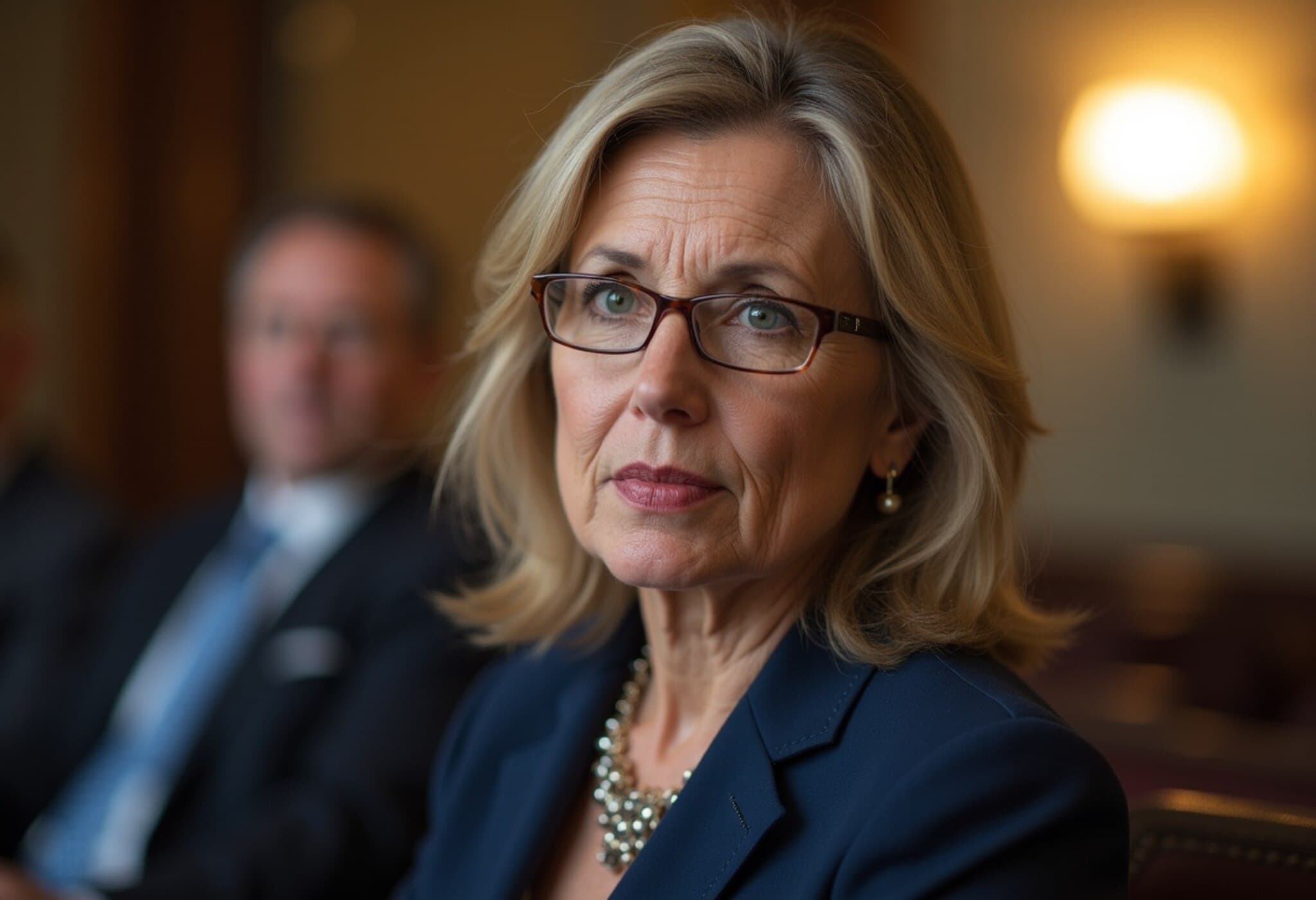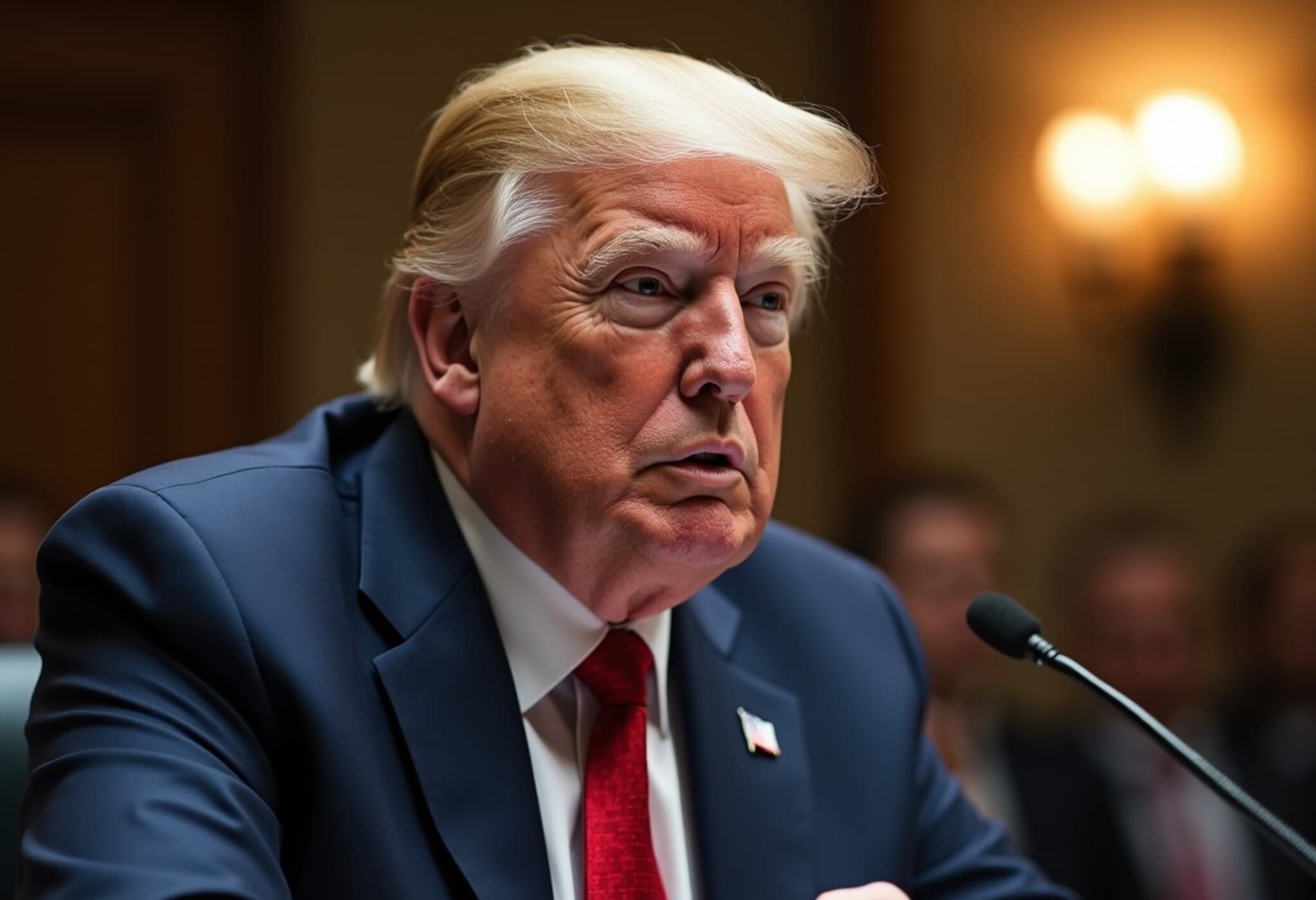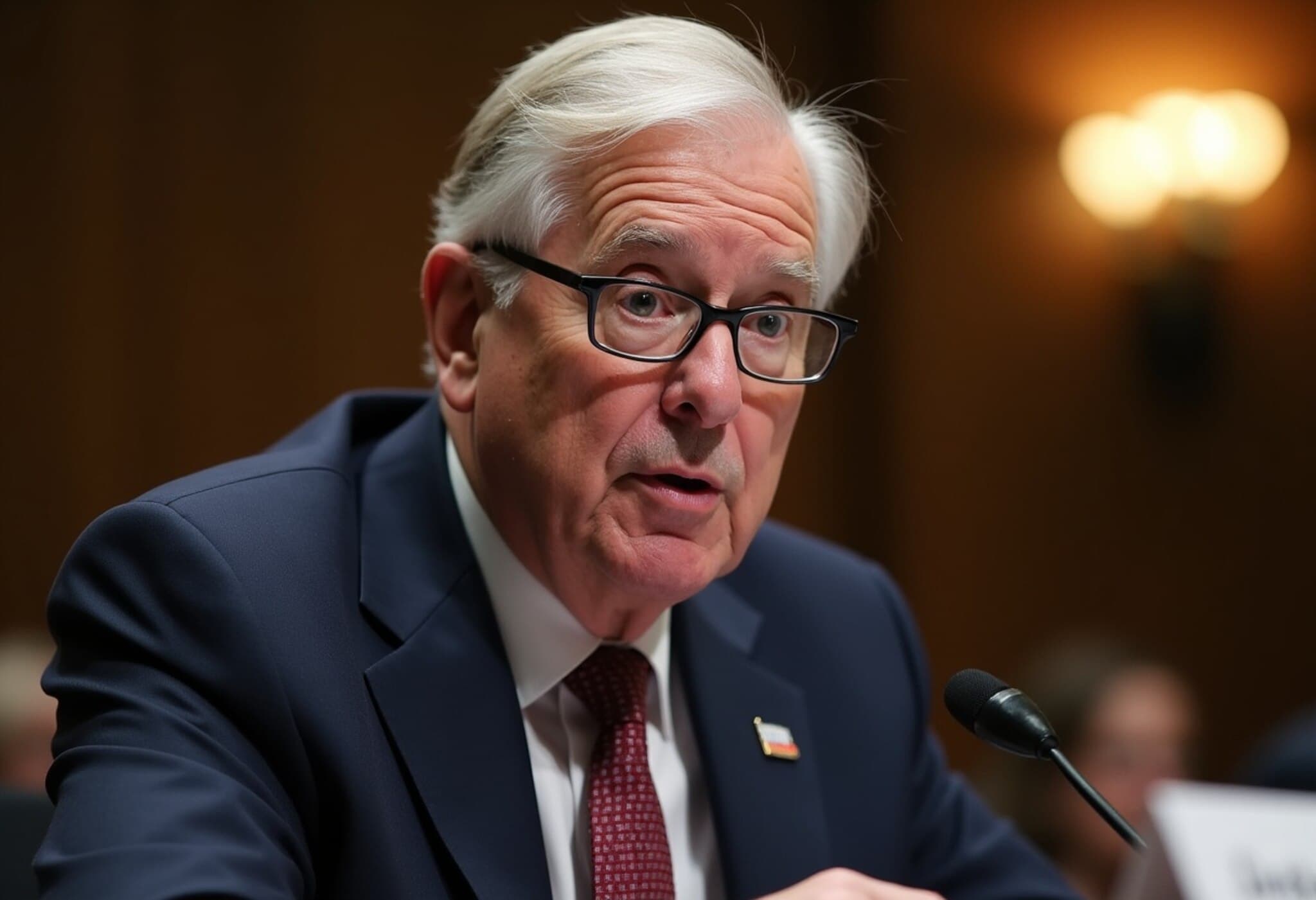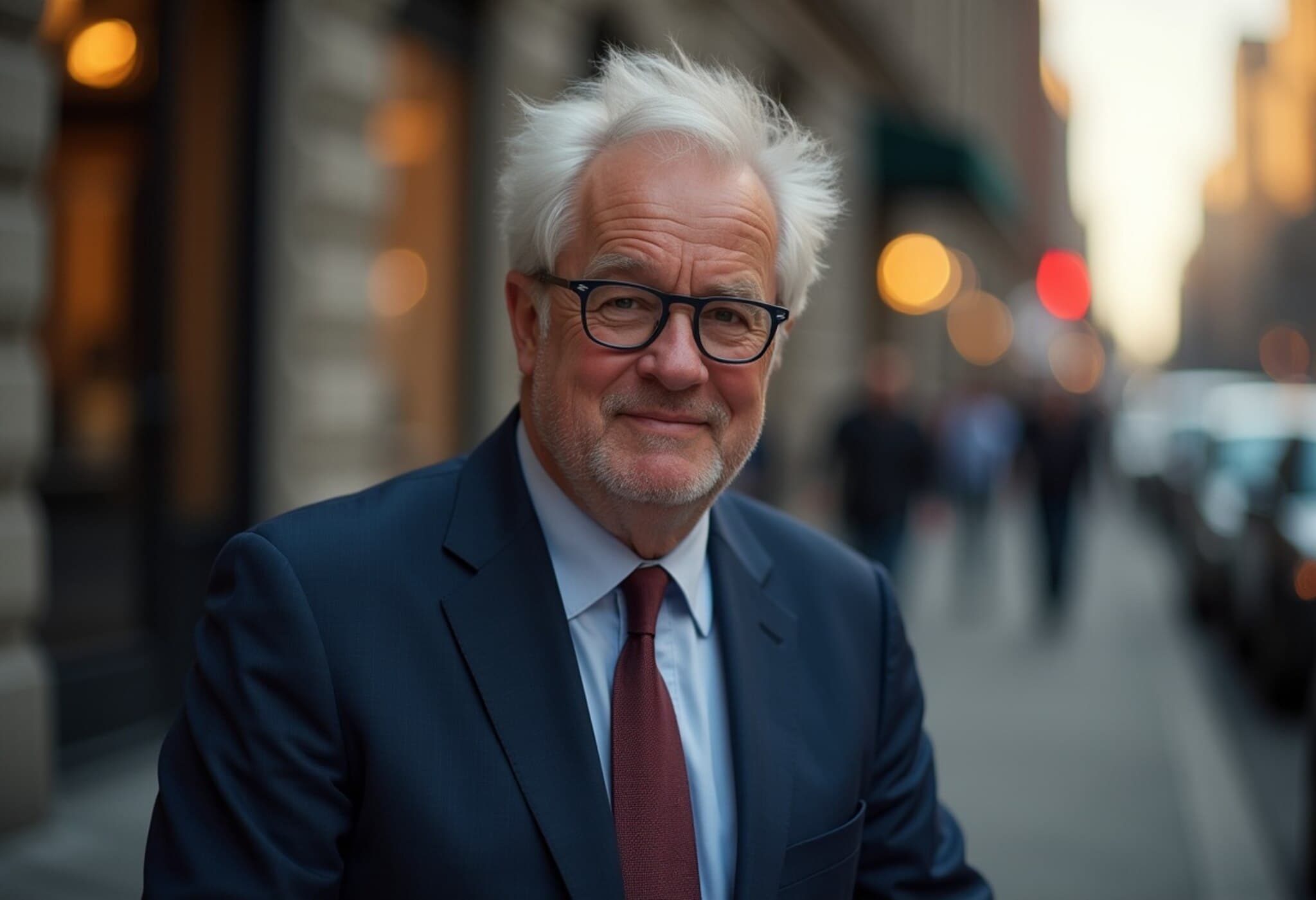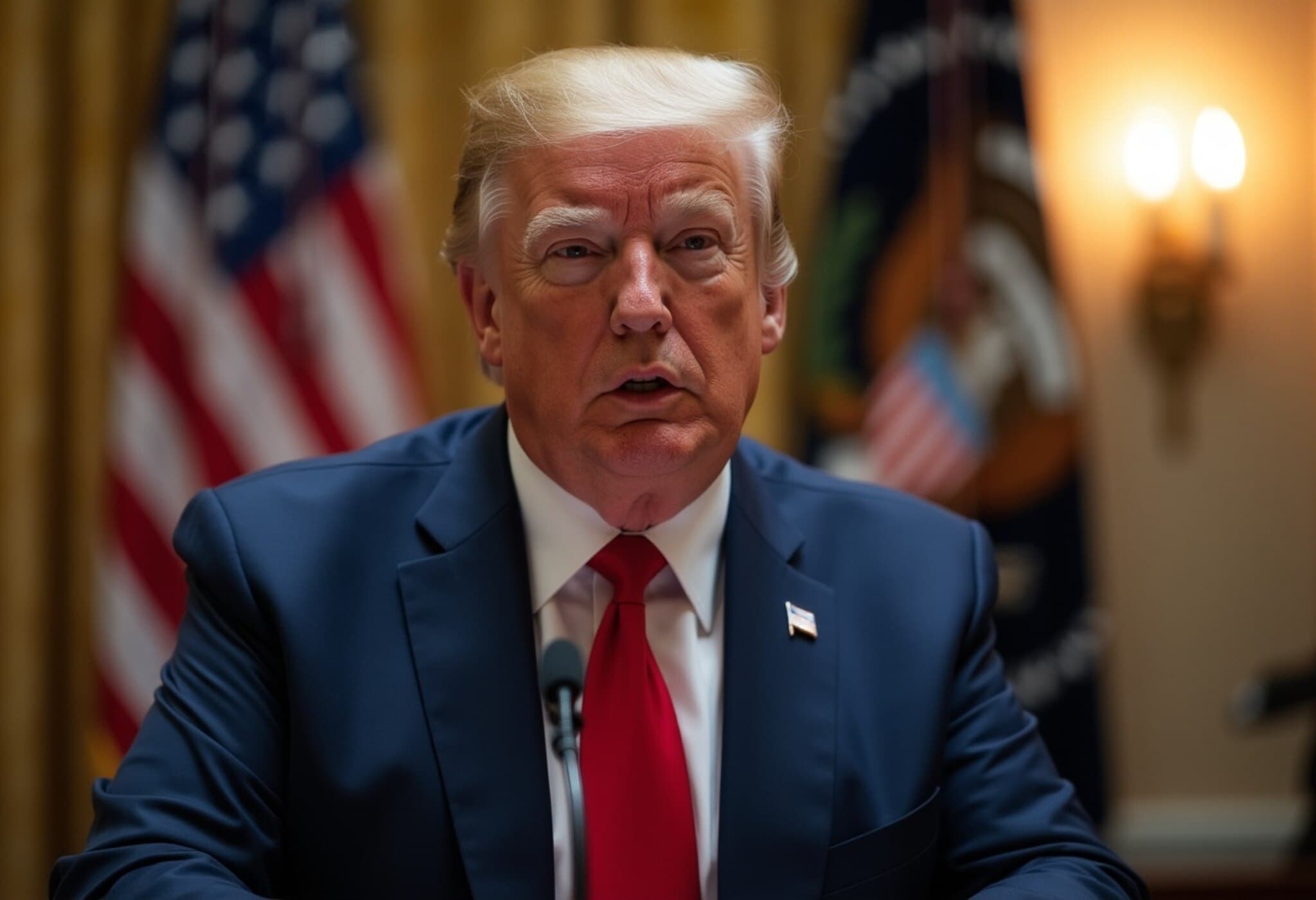Federal Reserve Keeps Interest Rates Steady Amid Economic Concerns
The Federal Reserve decided on Wednesday to maintain its benchmark interest rate within the range of 4.25% to 4.5%, a level that has remained unchanged since December. This decision came against a backdrop of expectations for persistent inflation and slower economic growth.
Outlook Points to Rate Cuts Despite Current Pause
While the Federal Open Market Committee (FOMC) held rates steady this week, its latest "dot plot" projection indicates the central bank foresees two interest rate reductions before the end of 2025. However, projected rate cuts for 2026 and 2027 were revised downward, trimming the total expected future cuts to four—a full percentage point.
The dots, each representing an individual official's forecast, revealed considerable uncertainty about future policy. The median projection suggests the federal funds rate could settle around 3.4% by 2027. Notably, seven out of 19 participants prefer no rate cuts this year, up from four in March, though the committee unanimously approved the current policy stance.
Economic Projections Paint a Mixed Picture
The Fed’s updated estimates signal slower growth and stubborn inflationary pressures heading into 2025. The gross domestic product (GDP) growth forecast was nudged down to 1.4%, a 0.3 percentage point drop from previous projections. Meanwhile, inflation metrics such as the personal consumption expenditures (PCE) price index are expected to edge up, with headline PCE inflation at 3% and core PCE inflation (excluding food and energy) at 3.1%.
Unemployment forecasts also saw a slight rise, now expected to reach 4.5% in 2025—up 0.1 percentage point from March and 0.3 points above current rates.
Committee Tone Reflects Cautious Optimism
The FOMC’s latest statement described the economy as growing at a "solid pace," coupled with "low" unemployment and "somewhat elevated" inflation. While acknowledging persistent uncertainty, the committee noted that economic risks have eased somewhat, signaling a watchful but steady approach.
Federal Reserve Chairman emphasized patience, stating, "For the time being, we are well positioned to wait to learn more about the likely course of the economy before considering any adjustments to our policies."
External Pressures and Market Reactions
President's recent rhetoric has softened somewhat on trade tensions, following a 90-day tariff negotiation window. However, criticism of the Fed's reluctance to ease monetary policy remains vocal, with calls for rates to be lowered by at least two percentage points.
Despite these political pressures, inflation data so far has not shown significant impacts from tariffs implemented earlier this year. Factors such as delayed tariff effects, weakening consumer demand, and inventory build-ups have contributed to keeping price gains muted. No references were made in the Fed's statement regarding geopolitical tensions in the Middle East, which remain a wildcard for future policy decisions.
Signs of Economic Softening
- Rising layoffs and increased long-term unemployment
- Slowing consumer spending
- Cooling housing market, with new housing starts at a five-year low
Many analysts interpret the Fed’s current stance as a deliberate pause, waiting to see how these factors evolve. The decision to hold rates steady reflects a balancing act between containing inflation and supporting employment.
The Bigger Picture: Fiscal Costs and Debt Concerns
Lower interest rates have broader implications, especially given the government's mounting debt burden, which now exceeds $36 trillion. This debt is projected to cost $1.2 trillion in interest payments this year alone, ranking just behind Social Security and Medicare in federal spending. Without rate cuts, financing costs are expected to rise further, potentially surpassing $2 trillion annually—equivalent to more than 6% of GDP.
What Lies Ahead?
With inflation challenges and growth concerns in play, the Fed's approach in the coming months will likely hinge on incoming economic data and evolving risks. While the path remains uncertain, indications suggest that the central bank is leaning toward rate cuts later this year rather than hikes.

